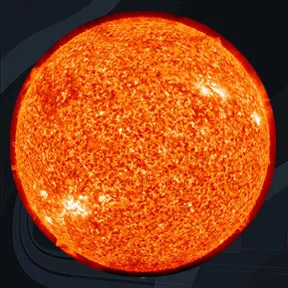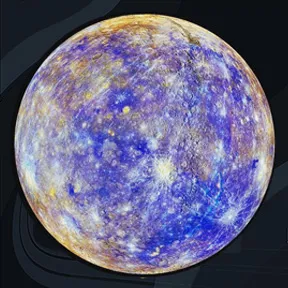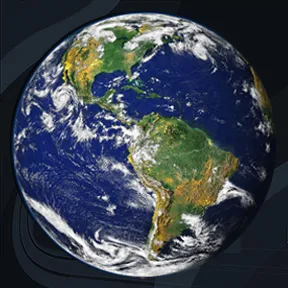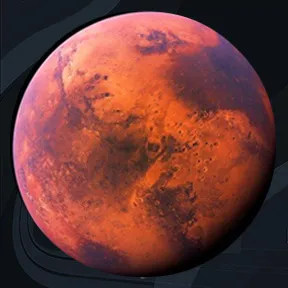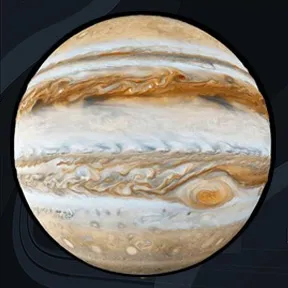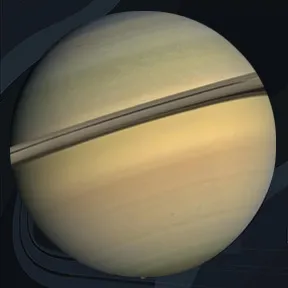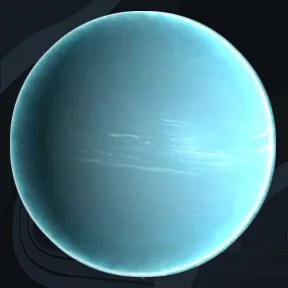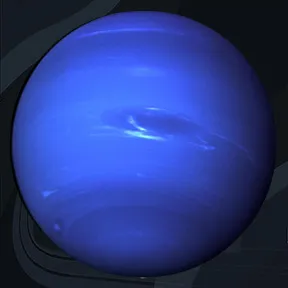When the Universe Unleashes Mega-Cosmic Collisions
From Earth, the celestial vault seems calm, peaceful and unchanging. This was also the view of the first astronomers who sought to understand the sky and its captivating shining objects.
Beyond the image we have of it from our planet, the Universe is in reality the scene of events of rare violence. Collisions of galaxies, supernovas, asteroid and comet impacts... The Universe is subject to phenomena that keep it constantly evolving.
Thanks to some of these events, the Earth has been able to evolve until it became conducive to the appearance of life and mankind.
Exceptional scientific advances in the field of astronomy allow us to understand and even observe live this violence above our heads.
Cosmic Collision
The collision between two galaxies is an ordinary phenomenon in the evolution of galaxies. It occurs when two galaxies collide at sufficient speed to merge. The gas and dust of the two galaxies will then interact. The interstellar medium is disturbed and heated. The shock can trigger a starburst, also known as a starburst galaxy, in one of the two galaxies. This phenomenon generates an exceptional rate of star formation in one of the galaxies. These bursts are temporary, because if the rate of star formation were to remain so high, the reservoirs of star-forming gas would be completely dissipated much faster than the dynamic lifetime of the galaxy. The stars present in the two galaxies, meanwhile, do not generally collide with each other, as the distances between stars .
A starburst is generally defined by three factors: the star formation rate, which is the rate at which the galaxy converts gas into stars; the amount of gas available to form stars; and the comparison between the star formation period and the age of the galaxy. For a starburst to occur, a large quantity of molecular gas must be concentrated in a small volume. This usually occurs during galaxy mergers.
Categorizing the various starbursts is not straightforward, as not all galaxies share the same specific characteristics. Starbursts can occur in the galactic disk or be scattered throughout the galaxy. Nevertheless, astronomers are currently discussing a number of classes.
The subtypes of starbursts currently defined are blue compact galaxies, infrared luminous galaxies and Wolf-Rayet galaxies.
Compact blue galaxies have low mass and low metallicity. Dust-free, they contain a large number of relatively young, hot stars. As a result, they are luminous in the blue and ultraviolet. Astronomers initially thought these galaxies were young, but old stellar populations have been found in a number of them. In addition, the majority of compact blue galaxies show evidence of recent interactions.
Infrared-luminous galaxies are characterized by extremely high dust concentrations. They emit a red color because the ultraviolet radiation they emit is absorbed by dust and re-emitted as infrared. Most of the infrared-luminous galaxies observed show a double-core system. This suggests that star formation may have been triggered by galaxy mergers.
In Wolf-Rayet galaxies, the majority of bright stars are Wolf-Rayet stars.
00:00:00 - Introduction
00:01:55 - Colliding galaxies
00:06:28 - Antenna galaxies
00:10:37 - ARP 220
00:11:56 - ARP 147
00:14:18 - Andromeda Galaxy
00:16:07 - Supernovas
00:19:02 - SN 1987A
00:22:41 - SN 1993J
00:23:18 - SN 1572
00:26:43 - SN 1604
00:30:30 - SN 1054
00:34:10 - SN 2014J
00:36:28 - Quasars
00:39:49 - 3C 273
00:40:47 - 3C 186
00:42:15 - Cosmic collisions play major role in history of Earth formation
00:42:35 - Formation of the Moon
00:49:54 - The Great Bombardment
00:57:54 - Asteroid and comet impacts
01:01:38 - Impact on Earth: the Chicxulub crater
01:06:10 - Vredefort crater
01:08:08 - Sudbury crater
01:09:10 - Maniitsoq Crater
01:10:03 - Barringer crater
01:12:18 - Warburton crater
01:13:27 - Popigaï crater
01:14:27 - Manicouagan crater
01:15:09 - Shoemaker-Levy comet
01:01:38 - What's next?

